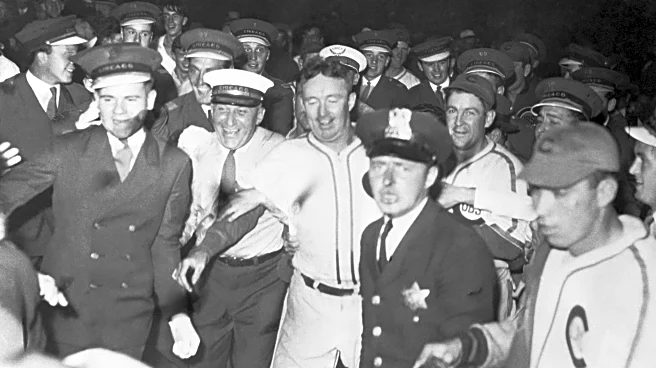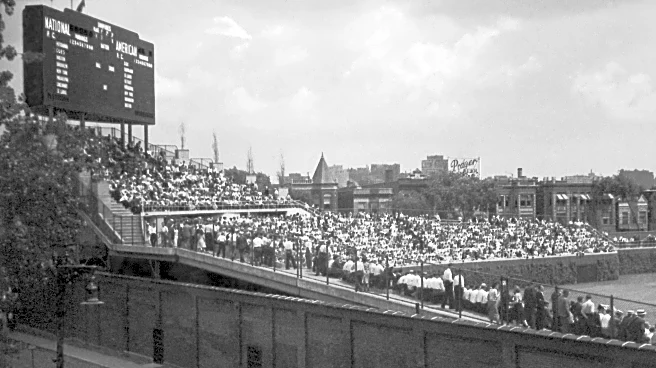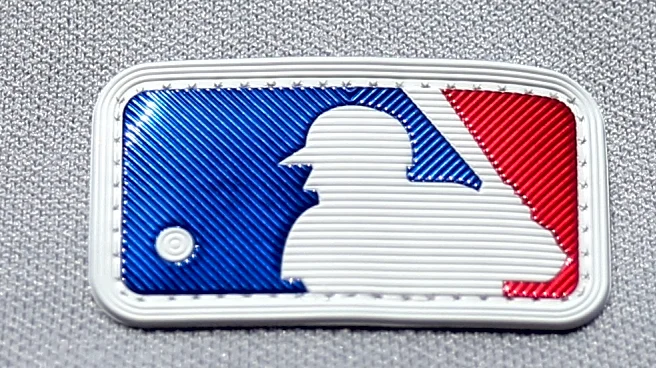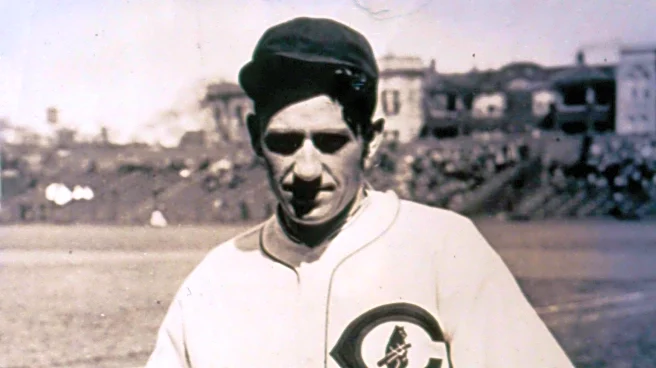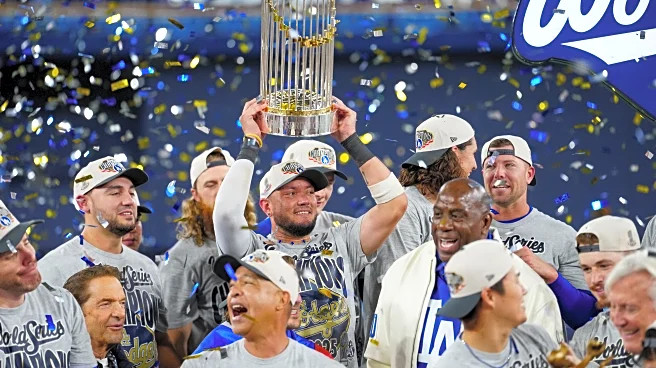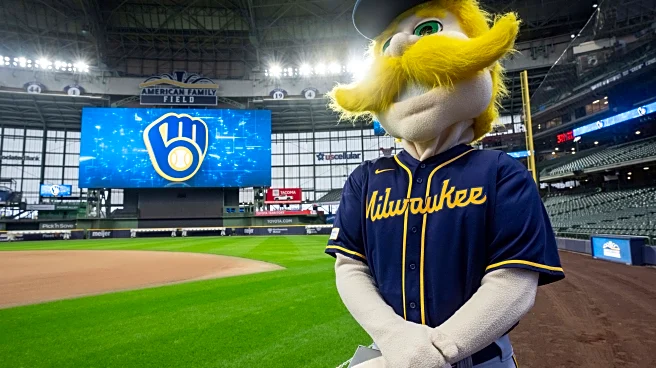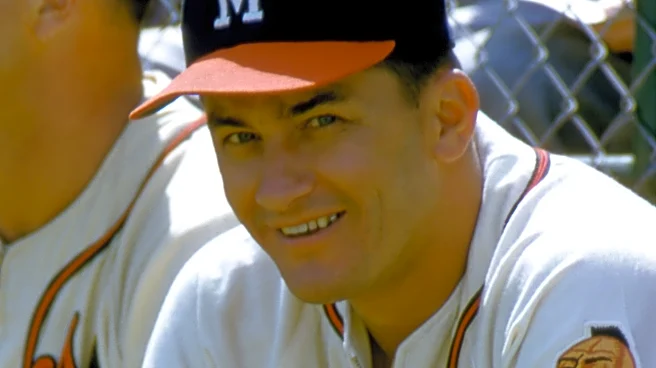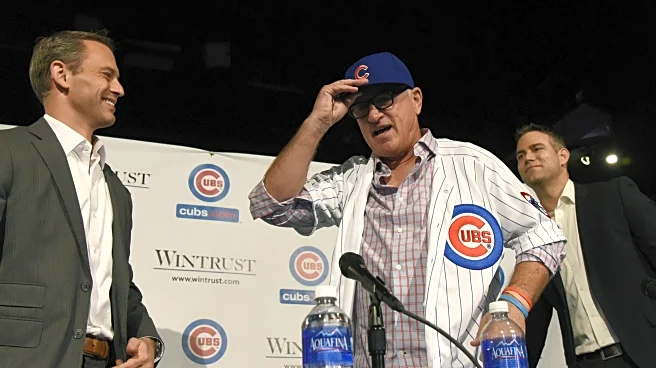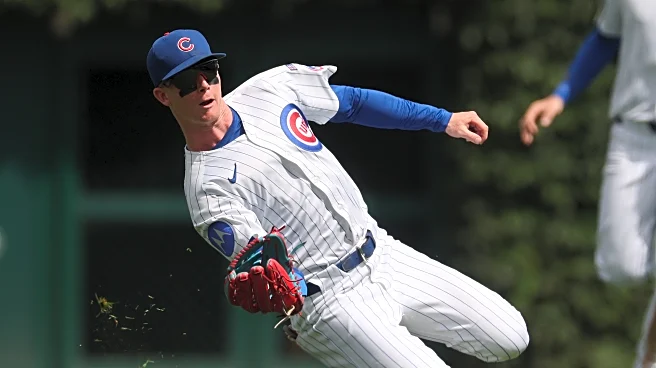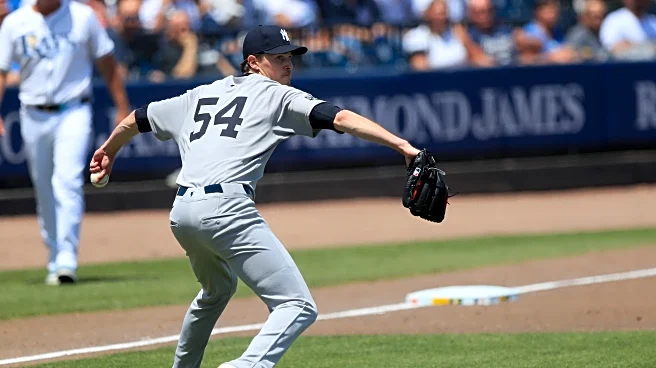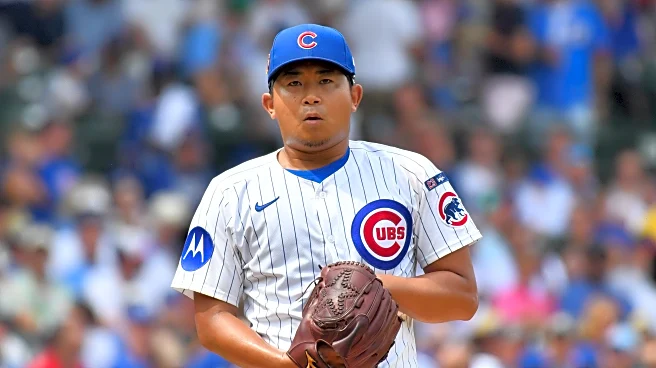Gabby Hartnett’s famous “Homer In The Gloamin’” is not just the most famous walkoff home run in Cubs history — maybe the most famous Cubs homer, period — it’s one of the top walkoff home runs in all of MLB history, at least in a regular-season game. The BilL Mazeroski homer that won the 1960 World Series for the Pirates and Joe Carter’s walkoff-winning home run for the Blue Jays in 1993 likely top it.
The home run by Hartnett is famous not just for the “darkness” that enveloped Wrigley Field at the time
(and I put “darkness” in quotes for a reason, we’ll get to that later), but because that year’s Cubs had struggled mightily at times. They had a rough enough patch that manager Charlie Grimm was replaced by Hartnett with the team at 45-36, a decent record, but 5.5 games out of first place. The managerial change didn’t do much, at first — the Cubs began just 14-15 under Hartnett and fell to nine games behind the first-place Pirates after losing to them Aug. 20 at Wrigley Field.
Then the Cubs began winning. They won six of seven, then after losing four of five, won six straight and 10 of 12. An eight-game winning streak that began in mid-September put the Cubs just half a game behind the Pirates entering the Sept. 28 game at Wrigley Field.
The Cubs took a 1-0 lead in the second, but the Pirates scored three off Clay Bryant in the sixth to take the lead. The Cubs came right back in the bottom of the inning with a pair and the game went to the eighth tied 3-3. Both teams scored two in that inning and so it was 5-5 going to the ninth as things began to get darker at Wrigley Field.
Remember that in 1938, Wrigley Field games began at 3 p.m. The game ran 2:37, so Hartnett’s walkoff blast, hit with two out in the bottom of the ninth, happened at 5:37 p.m. In 1938, Daylight Saving time ended on the last Sunday in September, and this list of sunset times indicates that was just about the time of sunset in Chicago on Sept. 28.
Nevertheless, that doesn’t mean it was as dark as it appears to be in the famous photo at the top of this post. The reason it looks so dark is the flashbulb technology of the time, which was designed to light up the subjects of the photo, not the background.
This photo was taken in the aftermath of Hartnett’s homer, with fans running onto the field. As you can see, there was plenty of light still left:

The only person directly facing the camera in that photo, the woman in the middle, looks deliriously happy. More than 85 years later, I wonder who she was and how she came to be in the middle of this photo.
Had Hartnett not hit that home run, the game would have been called after nine innings to prevent an extra inning being played in partial darkness. This had been announced by umpire George Barr before the ninth inning started and was standard procedure at the time. The concept of suspending games for darkness did not exist at this time; that wouldn’t happen for Wrigley Field games until 1969.
Contrary to popular belief, this game did not win the pennant for the Cubs. It did put them in first place, by half a game — the first time they’d been in the top spot in the National League since June 7. They defeated the Pirates the next day 10-1, and clinched the pennant with a 10-3 win over the Cardinals in St. Louis on Oct. 1.
Hartnett had been a Cubs mainstay since 1924, when he became the principal starting catcher for the team, though he’d missed most of the 1929 season with a mysterious illness that was never properly diagnosed. One wonders if the Cubs might have won the World Series that year with a healthy Hartnett. After managing the team to the 1938 pennant, he remained the team leader through 1940, when he was let go as both a manager and player. He played two more seasons with the Giants, then managed five more seasons in the minors before returning to the Chicago area, settling in Lincolnwood, where he owned a bowling alley, which stayed in existence on Lincoln Avenue well after Hartnett’s passing in 1972.
